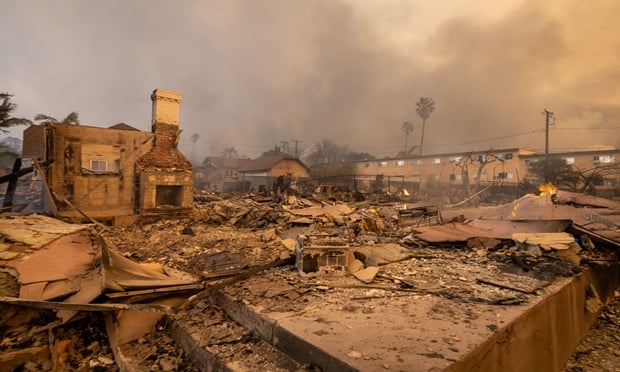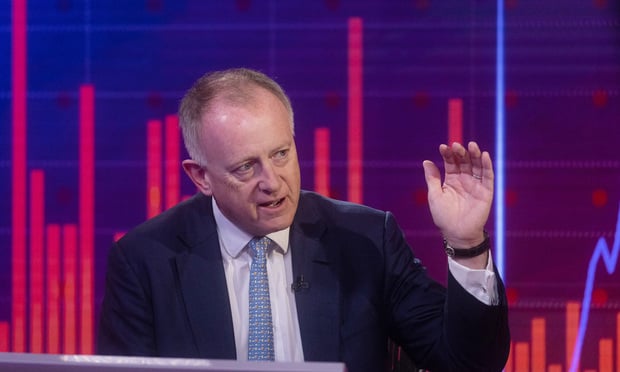Catastrophe risk-management and modeling firm RMS, design firm re:focus partners, reinsurance giant Swiss Re and the Rockefeller Foundation announced the framework for a new financial product called a “resilience bond.”
According to these organizations, the bonds are designed to help manage the financial risk from catastrophes, while promoting investment in infrastructure that mitigates physical risk.
The new framework is set out in a report called, “Leveraging Catastrophe Bonds as a Mechanism for Resilient Infrastructure Project Finance,” which was released yesterday.
Recommended For You
Want to continue reading?
Become a Free PropertyCasualty360 Digital Reader
Your access to unlimited PropertyCasualty360 content isn’t changing.
Once you are an ALM digital member, you’ll receive:
- Breaking insurance news and analysis, on-site and via our newsletters and custom alerts
- Weekly Insurance Speak podcast featuring exclusive interviews with industry leaders
- Educational webcasts, white papers, and ebooks from industry thought leaders
- Critical converage of the employee benefits and financial advisory markets on our other ALM sites, BenefitsPRO and ThinkAdvisor
Already have an account? Sign In Now
© 2025 ALM Global, LLC, All Rights Reserved. Request academic re-use from www.copyright.com. All other uses, submit a request to [email protected]. For more information visit Asset & Logo Licensing.








